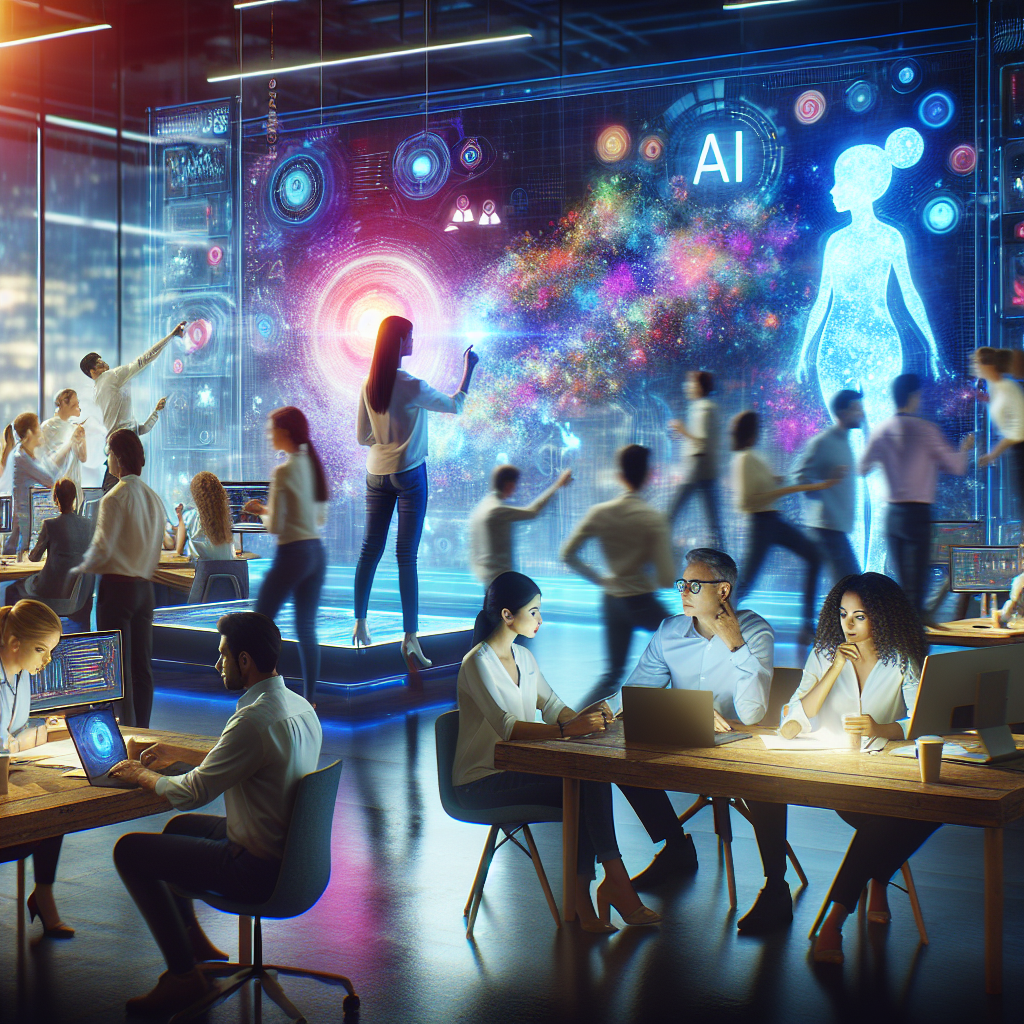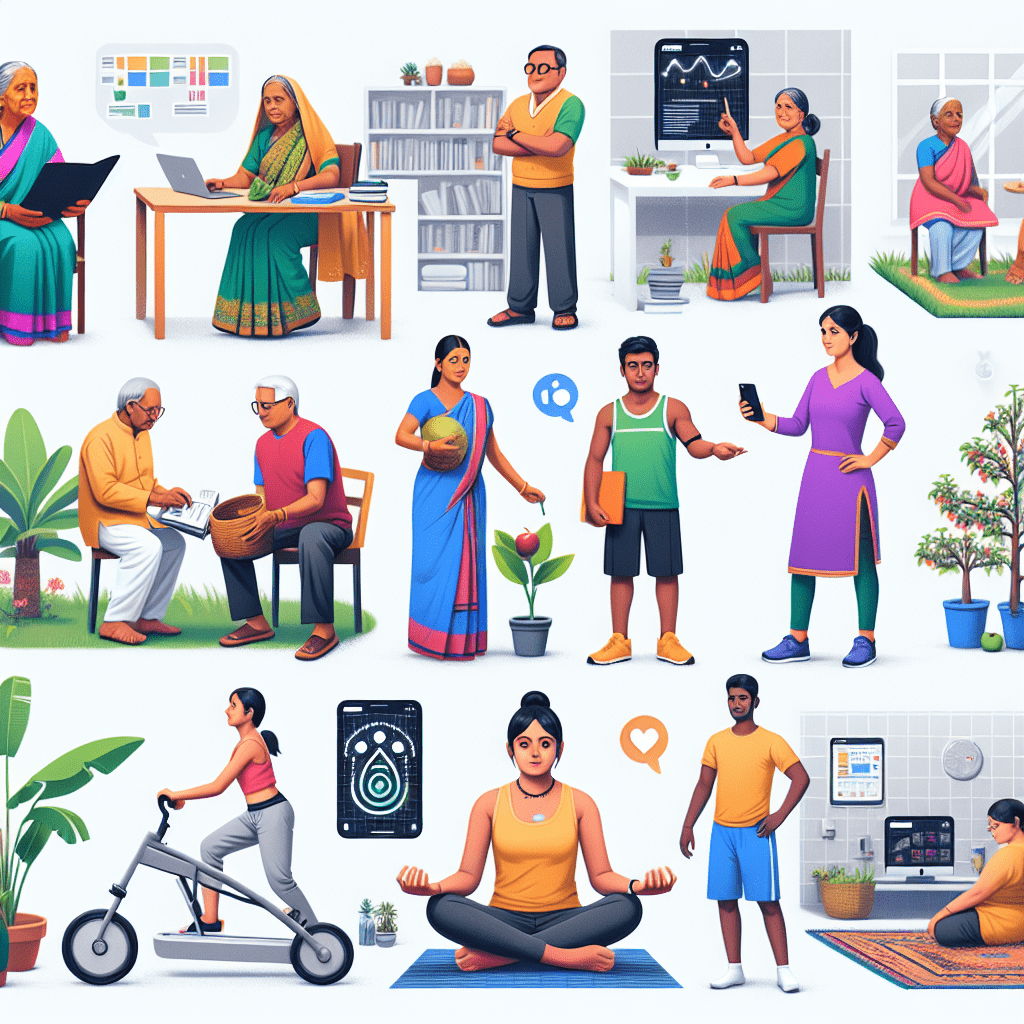Table of Contents
As artificial intelligence continues its rapid ascent, its transformative potential is reverberating across the globe. In India, a nation renowned for its technological prowess, AI is not merely a buzzword—it’s becoming deeply interwoven into the fabric of everyday life. From bustling metropolises to rural villages, Indians are harnessing the power of AI to streamline tasks, boost efficiency, and unlock new possibilities.
The AI Revolution in India
India’s tech landscape is undergoing a seismic shift, with artificial intelligence at the forefront. The country’s robust IT infrastructure, coupled with a vast pool of skilled professionals, has paved the way for widespread AI adoption. According to a report by NASSCOM, India’s AI market is poised to reach $7.8 billion by 2025, growing at a staggering CAGR of 20.2%.

This surge in AI isn’t just confined to the tech industry. It’s permeating every sector, from healthcare and education to agriculture and finance. The Indian government has also recognized the immense potential of AI, launching the National AI Strategy to harness its power for inclusive growth and development.
Empowering Daily Life with AI
For the average Indian, AI is no longer an abstract concept—it’s a tangible tool that’s simplifying everyday tasks. Voice assistants like Google Assistant and Alexa have become household names, enabling users to effortlessly navigate everything from setting reminders to ordering groceries.
One area where AI is making significant strides is in language translation. With 22 official languages and hundreds of dialects, communication can often be a challenge in India. However, AI-powered translation apps like Google Translate and Microsoft Translator are bridging the language divide, enabling seamless communication across linguistic boundaries.
As Amit Gupta, CEO of an AI startup in Bangalore, puts it, “AI is democratizing access to information and services. It’s breaking down barriers and empowering people, regardless of their background or language.”
Enhancing Productivity in the Workplace
Beyond personal use, AI is also revolutionizing the Indian workplace. Businesses are leveraging AI-powered tools to automate repetitive tasks, streamline workflows, and boost productivity. From chatbots handling customer inquiries to predictive analytics forecasting demand, AI is becoming an indispensable asset in the modern Indian office.

One notable example is the adoption of AI in the IT services industry, a key driver of India’s economy. Companies like TCS, Infosys, and Wipro are using AI to optimize project management, code review, and quality assurance processes. By automating routine tasks, AI is freeing up valuable time for employees to focus on higher-value, strategic work.
AI in Education and Skill Development
AI is also making significant inroads in India’s education sector. With a vast population and limited resources, providing quality education has long been a challenge. However, AI-powered edtech platforms are bridging the gap, offering personalized learning experiences and adaptive assessments.
Startups like Byju’s and Toppr are leveraging AI algorithms to create tailored learning paths for students, catering to their individual strengths and weaknesses. These platforms are not only improving learning outcomes but also democratizing access to education, especially in remote areas.

Moreover, AI is playing a crucial role in upskilling India’s workforce. As the job market evolves, there’s a growing demand for professionals with AI and data science skills. Online learning platforms like Coursera and Udemy are offering AI-focused courses, enabling Indians to acquire the skills needed to thrive in the digital economy.
Challenges and the Way Forward
While the AI revolution in India is undeniably exciting, it’s not without its challenges. Issues like data privacy, algorithmic bias, and job displacement need to be addressed proactively. The government and industry stakeholders must collaborate to develop ethical guidelines and ensure that AI benefits all sections of society.
As Nandan Nilekani, co-founder of Infosys, notes, “AI has the potential to be a great leveler, but we must ensure that it doesn’t exacerbate existing inequalities. It’s crucial to have a human-centered approach to AI development and deployment.”

India’s AI journey is not just about technological advancement; it’s about harnessing technology to uplift lives and create a more inclusive society. By embracing AI responsibly and equitably, India can not only boost productivity and efficiency but also unlock new opportunities for its citizens.
Conclusion
As AI weaves itself into the tapestry of Indian life, it’s clear that the nation stands at the cusp of a transformative era. From simplifying everyday tasks to driving economic growth, AI’s potential in India is boundless. However, to truly harness its power, it’s essential to approach AI with a human-centric lens, ensuring that its benefits reach every corner of the country.
India’s AI story is one of innovation, empowerment, and inclusion. As the nation continues to embrace this transformative technology, it’s poised to not only redefine its own future but also set an example for the world to follow. The age of AI has arrived, and India is ready to lead the charge.